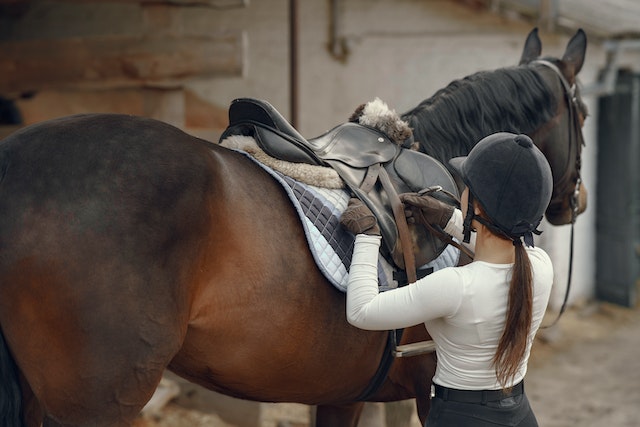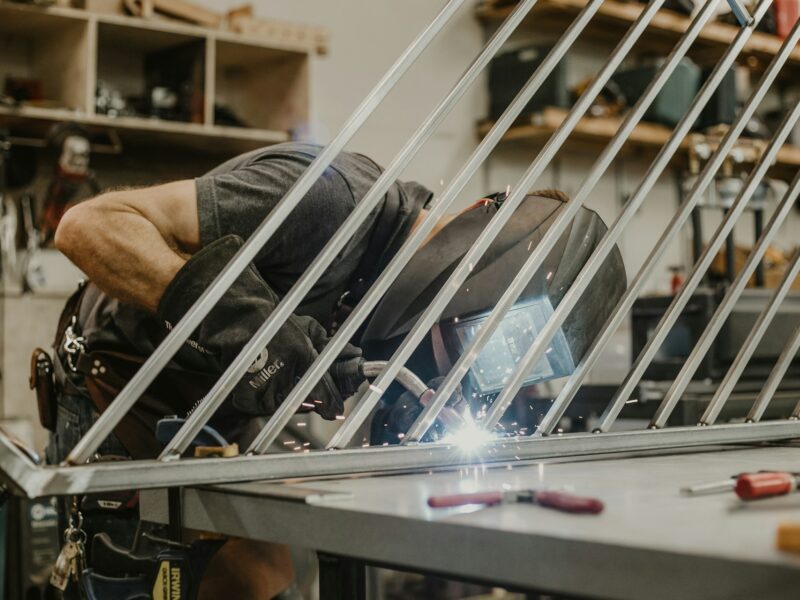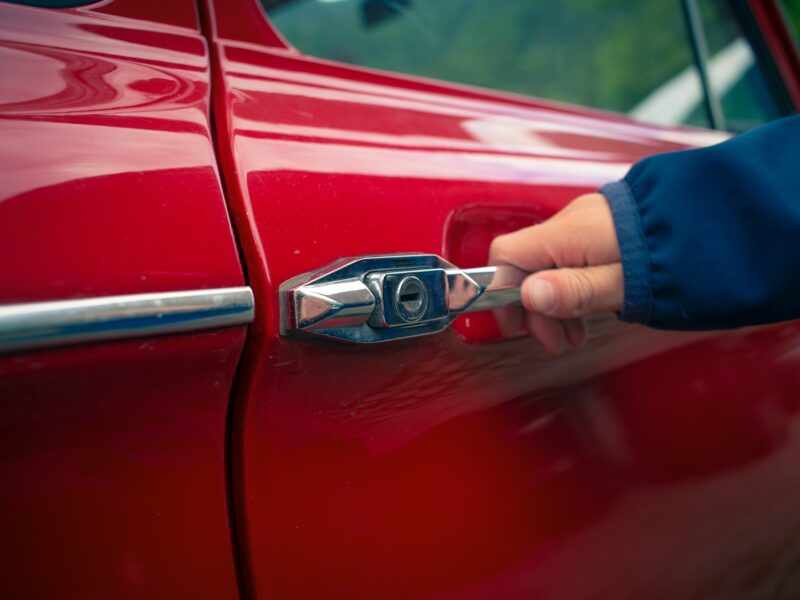Getting your horse saddle-ready is an important part of being a responsible horse owner. However, it doesn’t just happen overnight. It takes a lot of patience and careful training to teach your horse how to accept the pressure of riding them. It also varies from horse to horse, so every step needs to be taken slowly.
Contents
Start With a Good Saddle
A good saddle can make all the difference. If your horse is uncomfortable being saddled, he will become frustrated under the rider’s weight and can even act irritable or aggressive. This is very dangerous for both the horse and the rider. Getting a horse used to the feel of the saddle can be done using desensitization. This is where the horse is exposed to things that normally spook or scare it, such as being touched, having a person wiggle their arms and legs, and so on. This is done gradually and with much encouragement to the horse so that it is not overwhelmed. Once a horse is used to the feel of the saddle, it should be determined which riding style is preferred. Many types of harnesses exist. There are also more specialized saddles for dressage, barrel racing and roping. Once a class is decided on, it is best to get the horse fitted for that type of saddle.
Start With a Good Bridle
A good harness is essential to saddle breaking a horse. It should be used to desensitize the animal to the girthing and saddling process and get them accustomed to having a human on their back.
The harness should help the horse learn to yield to pressure from the leg, bending their body and turning. This ‘pressure and release’ exercise is the foundation for them to learn to take direction from their rider later.
It’s important to remember that the horse is always judging you and estimating whether or not they can trust you with their safety. For this reason, it’s recommended to have a professional handle the early stages of the training. This way, you can reduce the risk of accidents that could harm you and your horse. You can also protect yourself with a horse rider insurance policy.
Start With a Good Bit
A well-fitted bit is the first step to saddle-breaking a horse. It’s important to get your horse accustomed to the feel of pressure from your hands before riding on its back. You can start by brushing it and then applying light pressure with your hands to build trust and communication. Stroke and rub it often to help it become bonded to you and your trainer.
Once the horse is accustomed to the feel of hand pressure, you can slowly begin putting more and more weight on it. Then introduce a saddle pad that can see and smell to create familiarity with the equipment. Once the horse is used to being ridden, slowly move it around using lunges and trots in an arena or empty field to make sure it tolerates these movements without negative reactions.
Then you can use leg pressure to ask your horse to walk, turn its head and move its hind end. Just be careful not to put too much pressure on either side at a time to avoid any unnecessary stress or injuries for both you and your horse.
Start With a Good Lead
The first step to saddle-breaking a horse is getting it comfortable with having something on its back. For some horses, this may be as simple as leaning on it while brushing or putting lightweight items like an old coat on its back for a few minutes. Once your horse is used to having something on its back, you can start working on the perimeter. Most young horses will freak out the first time they see a girth or cinch hanging down at their sides, so it’s important to spend some time rubbing materials around the girth and cinch area until the horse accepts it.
This is important because it will help your horse understand that pressure is not necessarily bad. Remember to reward every new phase of your horse’s training with treats so it knows that being calm and accepting anxiety is good. This will encourage your horse to learn more from you and prevent it from becoming afraid or reactive.



